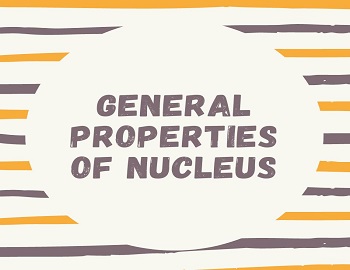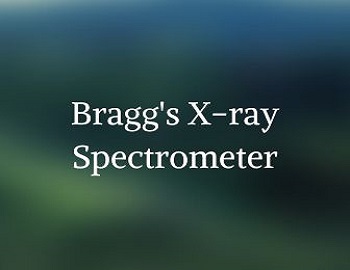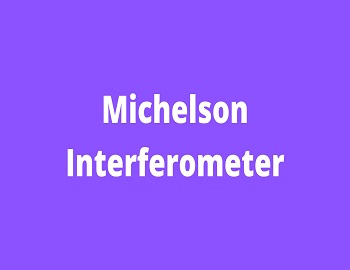Table of Contents
Characteristics of P-N Junction Diode:
There are two types of characteristics of a P-N Junction Diode-
- Forward Characteristics.
- Reverse Characteristics.
Forward Characteristics of P-N Junction Diode:
These are the graphs between forward biased voltage and the forward current in the case of the P-N Junction.


Take a P-N Junction. A milliammeter and potential dividing arrangement are connected in series with P-N Junction whereas a voltmeter is connected in parallel with P-N Junction. Potential dividing arrangement is connected in such a way that P-N Junction should be forward biased.
Now, go on increasing the forward-biased voltage and at each time note the corresponding forward currents. Now, plot the graph between forward biased voltage and forward current. We get the curve OAB. This curve is the forward characteristics of the P-N Junction.
It is clear from the graph that the forward current is very small for very low values of forward biased voltage. It is due to the reason that at this stage forward biased voltage is less than the potential barrier. Above 0.7 volts, we note that a small increase in voltage produces a large increase in current. The voltage at which or above which current starts increasing rapidly is called Knee current. For Silicon Vk = 0.7 volts and for Germanium Vk = 0.3 volts.
Reverse Characteristics of P-N Junction Diode:
These are the graphs between the reverse biased voltage applied to P-N Junction and the reverse current across the P-N Junction.


In this case, the potential dividing arrangement is connected to P-N Junction in such a way that P-N Junction is reverse biased.
Now go on increasing the reverse biased voltage applied to P-N Junction and at each time, note the corresponding reverse current. Now plot the graph between reverse current and reverse biased voltage. We get a graph as shown in the figure. This graph is called reverse characteristics of the P-N Junction.
From the reverse characteristics, we note that, if the reverse biased voltage is equal to OB, the current through the P-N Junction will increase abruptly. This voltage at which the current increases abruptly is called breakdown voltage or Zener voltage.
It should be noted that at breakdown voltage, the covalent bonds near the junction break down and a large number of electron-hole pairs are liberated. Due to the flow of these liberated electrons and holes, a large current flows through P-N Junction at breakdown voltage.
The relation for current in P-N Junction Diode is given by-
| I = I0 [e(eV/kT) – 1] ……………(i) |
Here, I0 is the saturation current, ‘k’ is Boltzmann Constant. ‘T’ is absolute temperature.
When the P-N Junction is forward biased, V is very large.
| ⇒ e(eV/kT) >> 1 From (i) ⇒ I = I0 . e(eV/kT) |
When the P-N Junction is reverse biased, V is negative.
| ⇒ e(eV/kT) << 1 From (i) ⇒ I = I0 [-1] ⇒ I = -I0 |









Comments (No)